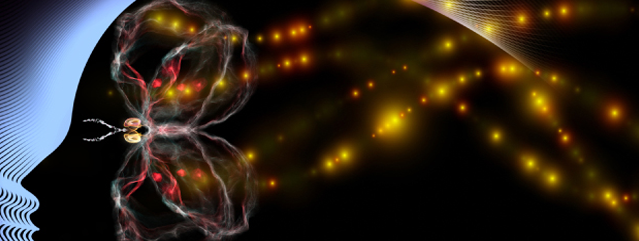Sharing Shelves: Traumatic Brain Injury or Post-Traumatic Stress Disorder
Because traumatic brain injuries are the result of a trauma, it’s common for TBI survivors to also suffer from PTSD. But differentiating the cause of symptoms can be challenging. Depression, anxiety, cognitive difficulties, and fatigue are common to both. But PTSD is a mental condition, whereas TBI is a neurological condition.
In TBIs, individuals may experience retrograde amnesia: memory loss of events – usually recent ones – that occurred prior to the injury. Before the elderly driver ran into me at the Santa Monica Farmers’ Market, I recall holding a peach, then nothing else, until I woke up in the emergency room more than an hour later. Even then, my memory is spotty. In PTSD, people are haunted by intrusive thoughts and memories of the trauma. Even though I do not remember the accident, I have been haunted by thoughts of the gruesome scene. Imagination is powerful.
Fatigue is a hallmark feature of TBIs. The brain tires easily, and therefore must work harder to process information. When I’m exposed to too much stimuli – chatter, whining children, and bright lights – I feel as if my head is stuffed with cotton. In PTSD, hyper-vigilance keeps people awake (see Post-Traumatic Stress Disorder: A Re-Wired Brain). In anticipation of nightmares, they may be afraid to fall asleep. So my TBI causes my brain to work over-time, and the nightmares I still experience startle me awake, keep me awake, draining what little fuel is remaining in my brain.
In TBIs, there may be damage to the frontal lobe – the area of the brain that controls emotions and personality, so emotional swings are not uncommon. In the few years after my injury, I found that I was more irritable and cried for no apparent reason: when washing the dishes, or standing in line at the bank. Emotional numbness is more common in PTSD. People may no longer be interested activities they once enjoyed. I recall days when it took a Herculean effort just to get out of bed and dressed for the day – sometimes it still does.
About fifty percent of those with TBIs suffer from depression. Compare that to the approximately seven percent among the general adult population. Depression is also common in those with PTSD, particularly war veterans, but since they want to avoid the stigma of mental illness, they hesitate to report symptoms and refrain from talking about the trauma at all.
Since PTSD is an anxiety disorder it’s natural for people to experience heightened stress, especially when reminded of the trauma. But in TBIs, people appear unmotivated when the truth is they lack the ability to initiate activities. I may seem lazy because I don’t cook and rarely food shop, but that’s because my TBI presents with the inability to make decisions – which kind of pasta to buy, or what to cook for dinner.
Given the overlapping of symptoms between a TBI and PTSD, neither one fits squarely on its own shelf. But I suppose that’s the way it goes with most things.
Read More





Recent Comments